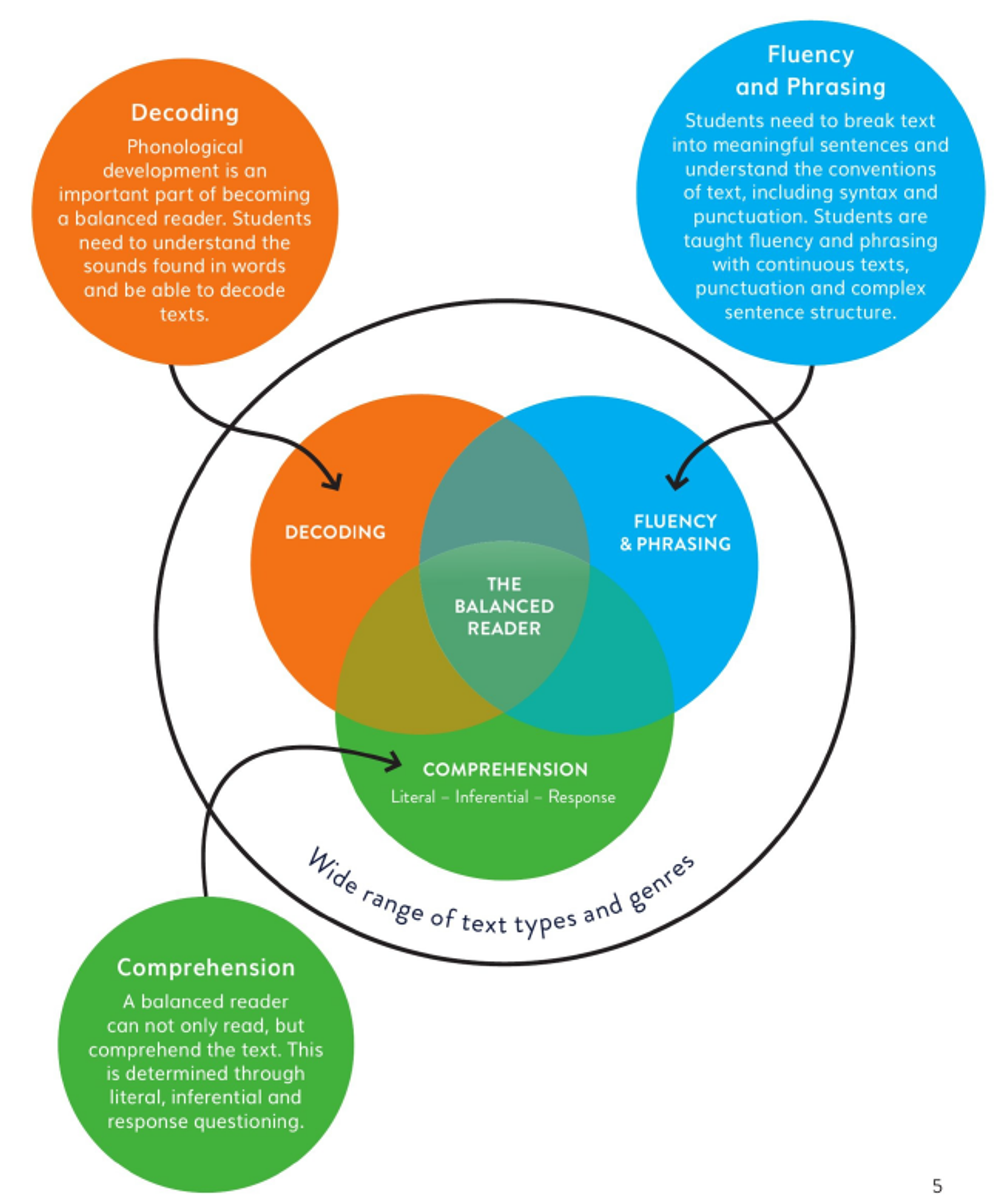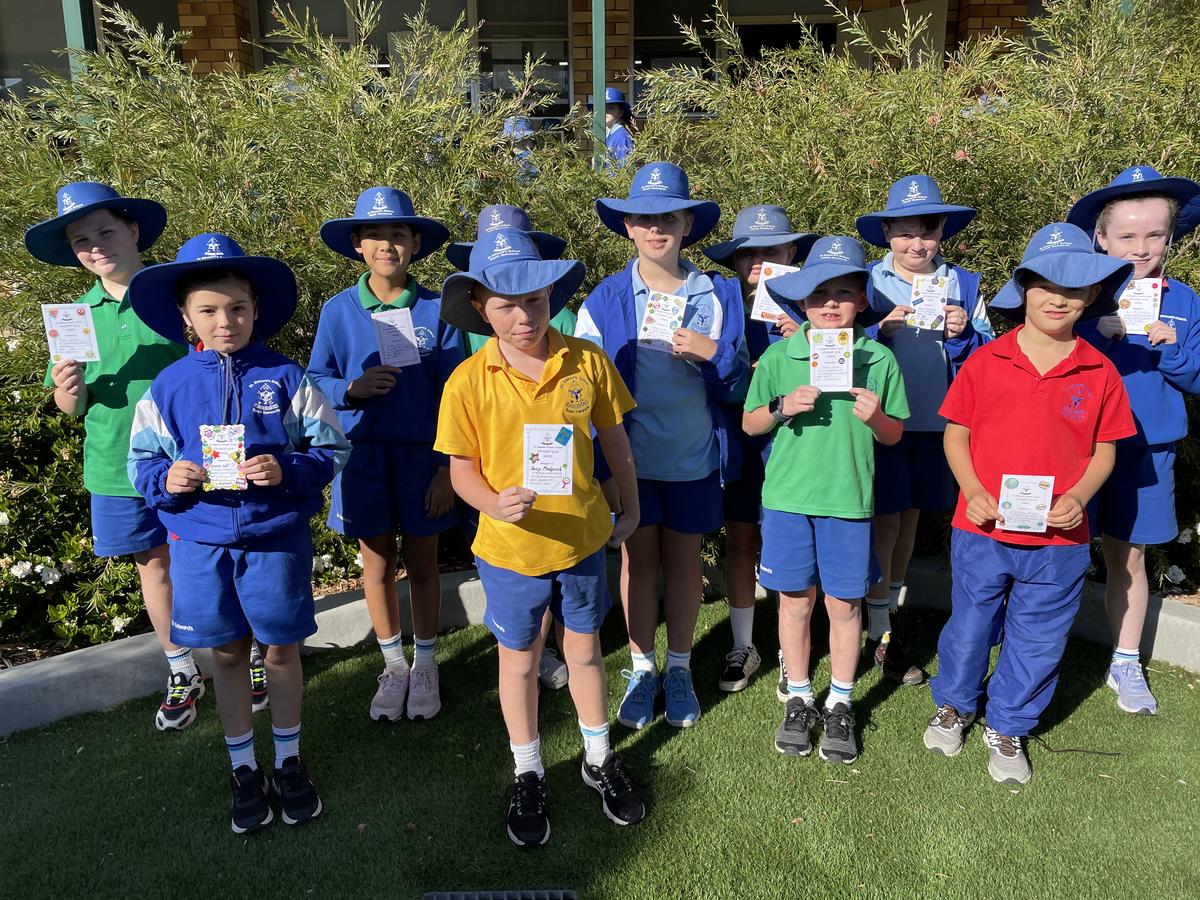Focus on Learning
Andrew Millman LEADER OF PEDAGOGY

Focus on Learning
Andrew Millman LEADER OF PEDAGOGY


The PM Benchmark Literacy Assessment is an important part of the reading assessment that is completed at St Edward's. Teachers listen to each student read in a 1:1 environment, free from any classroom distractions. The purpose of this reading assessment is to track the progress that students are making through their Guided Reading sessions and also to set reading goals with students so that they know what their next steps are to further improve their reading.
Successful reading, however, is not only about being able to read the words on the page. Decoding, Fluency and Phrasing and Comprehension all play crucial roles in reading, and, by blending these three aspects together, students are working towards becoming A Balanced Reader.
For many years, the expectation was that students would only use the formal written algorithm for addition or subtraction rather than their own mental strategies. This would, at times, cause difficulties for some students as the written algorithm may not have been as easily understood when compared to other strategies that students felt more confident using.
However, students now find that they are strongly encouraged to utilise a wide range of written and mental strategies for addition and subtraction. The introduction of diagrams such as the bar model and the empty number line have allowed students to record their mental strategies, which in turn have permitted teachers and parents to see student thinking. Naming these strategies has allowed teachers and students to discuss possible strategies using a common vocabulary.
Rather than teach rules and procedures, we now need to encourage students to explain their strategies using both concrete materials and diagrams to demonstrate their knowledge of addition and subtraction.
For further information follow these links:
Jump, Split or make the next 10
Whenever possible try and point out the concept of subtraction in everyday situations. If there are four birds in the garden, then one flies away, ask, “How many now?” and count them together. Of course, we tend to do this type of thing naturally with our children anyway, but making a conscious effort to model the counting and to use the correct vocabulary can really help them when they come to learning subtraction in a slightly more abstract way later. If you use an alternative method for subtraction with trading such as ‘borrow and pay back’, by all means explain your method.
Congratulations to the following students for their wonderful efforts in class last week. All of us here at St Ed's are very proud of your contribution to our school.
| Class | Student Names |
|---|---|
| KD | Dhyan Patel |
| KL | Genevieve Borger |
| KU | Lilliana Seeck |
| 1C | Vienna Hardy |
| 1H | Lily Pieper |
| 1K | Ava Pack |
| 2B | Ivy Allan |
| 2M | Ellie Palmer |
| 2R | Kaylah Smyth-Cannon |
| 3K | Kaycee Bett |
| 3P | Marcus Morton |
| 3R | Lachlan Myers |
| 4A | Lucie Purkiss |
| 4Q | Myah Porter |
| 4S | Brock Slingsby |
| 5C/G | Maye Hatton |
| 5W | Jade Marsh |
| 6E | Trisha Dizon |
| 6G | Blake Ward |
| 6S | Darcy Madgwick |



